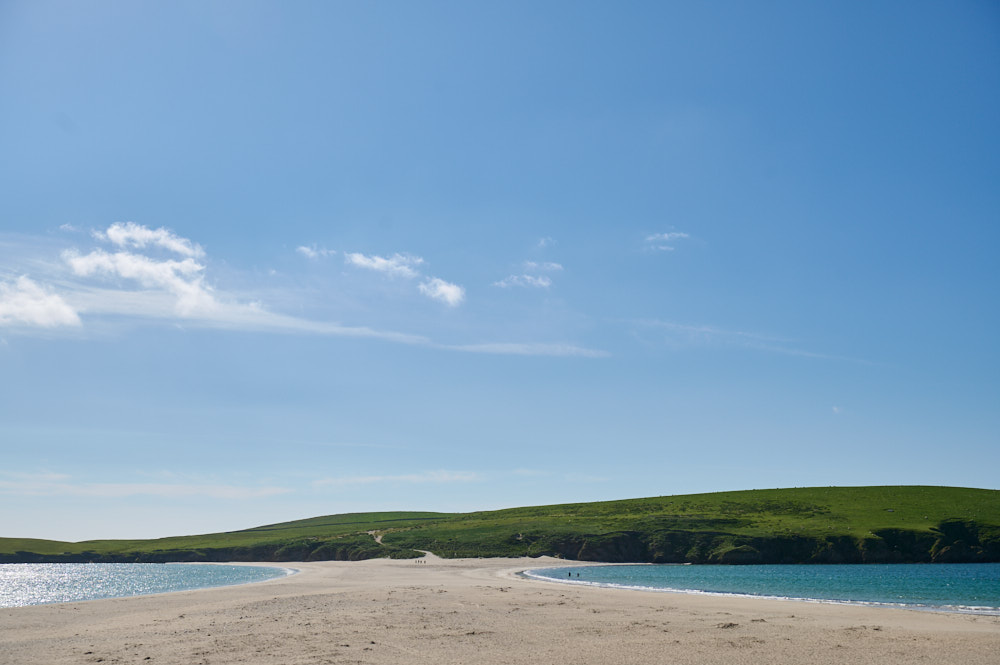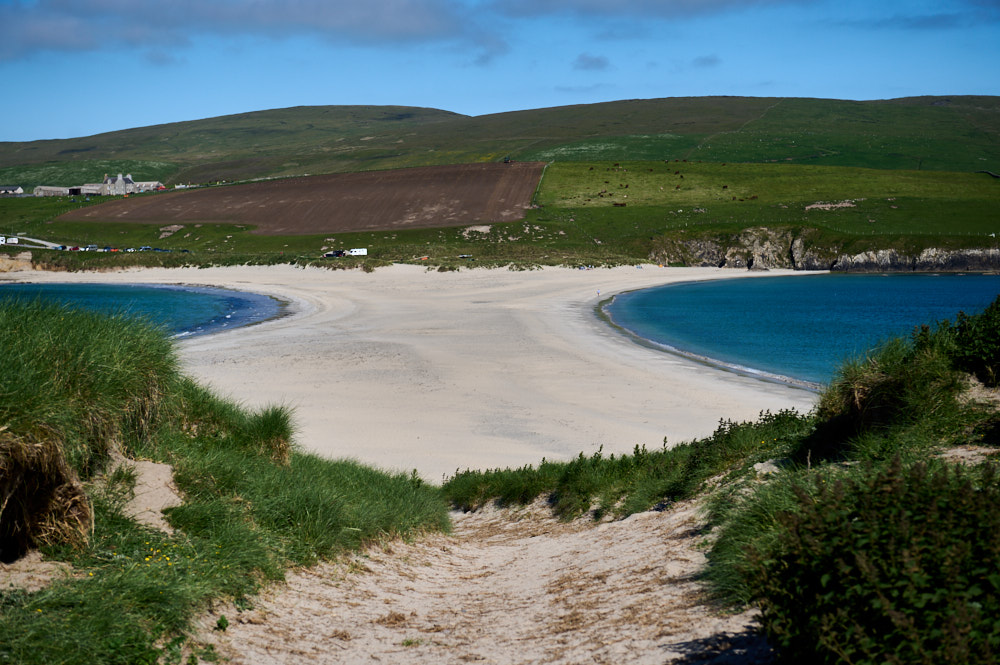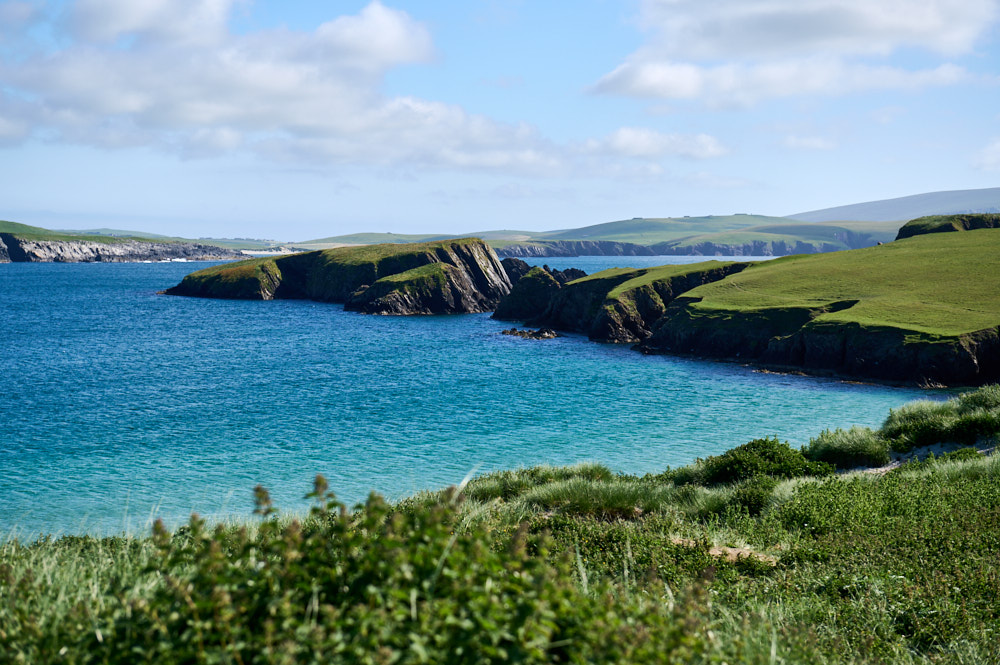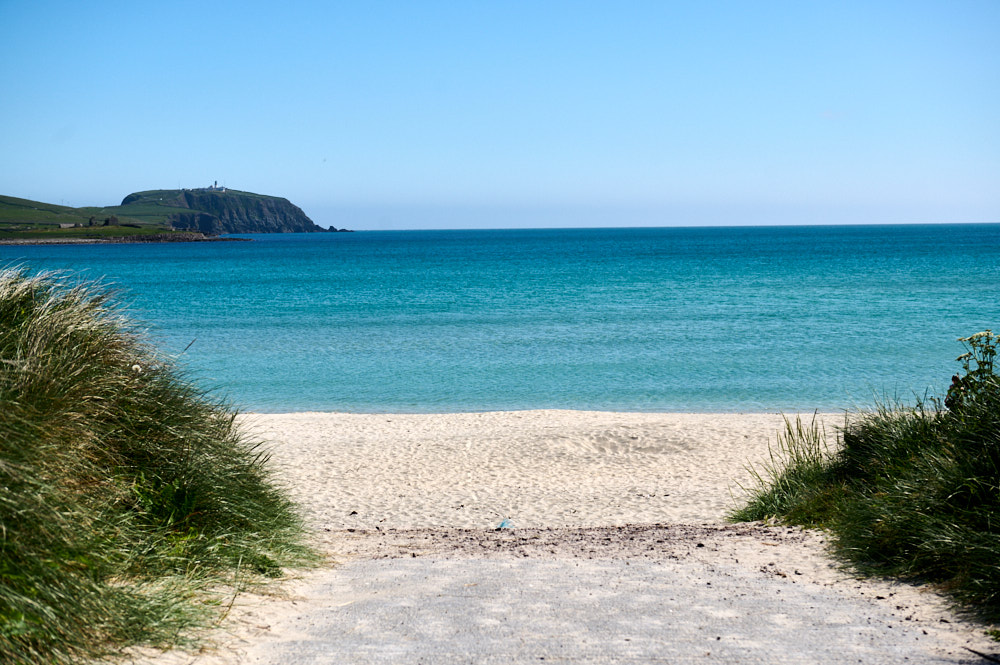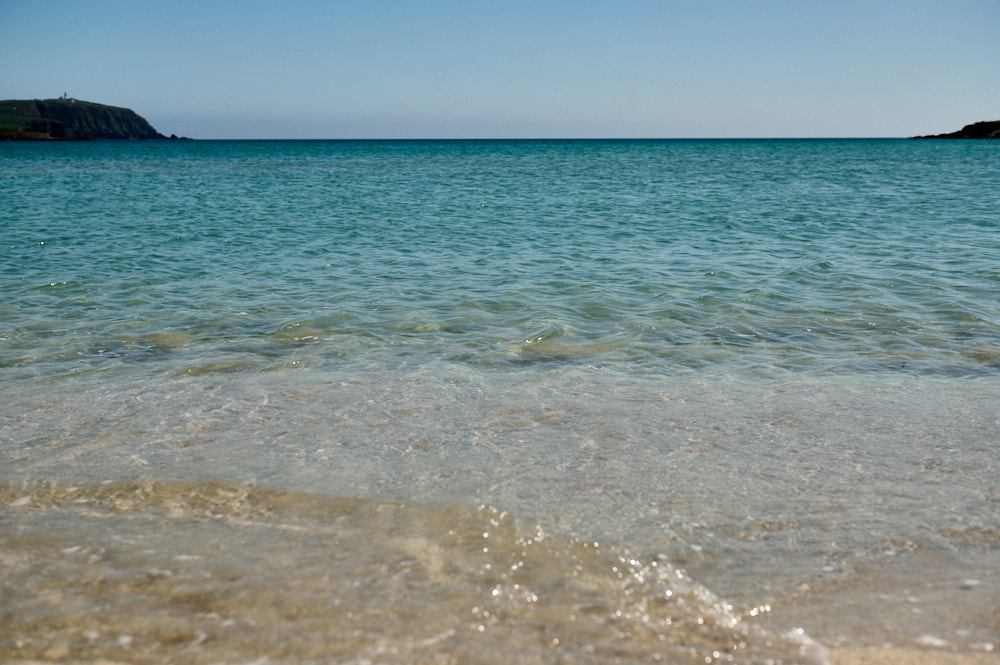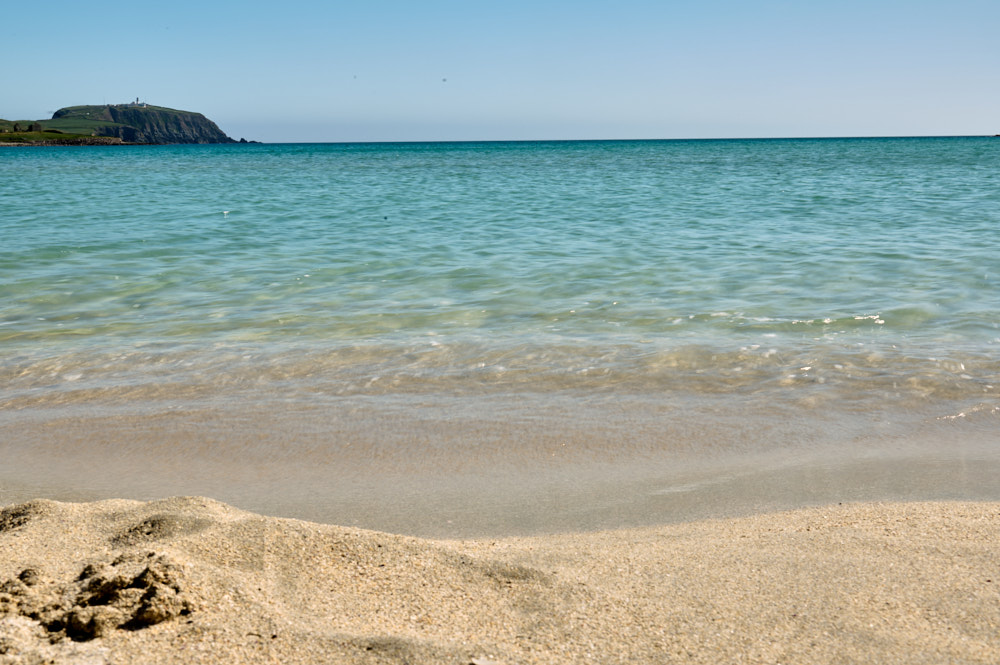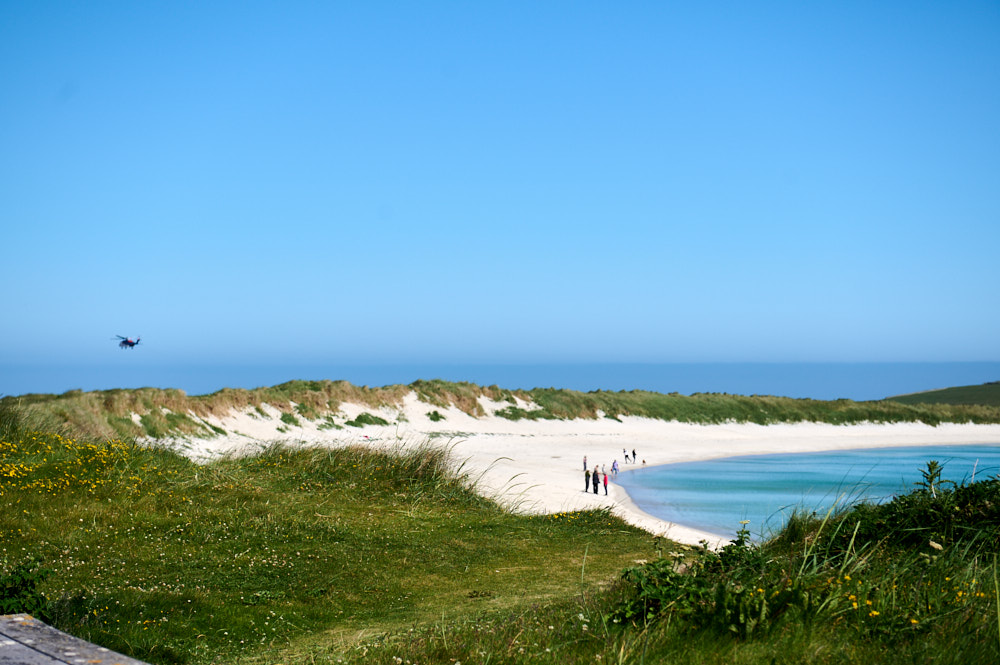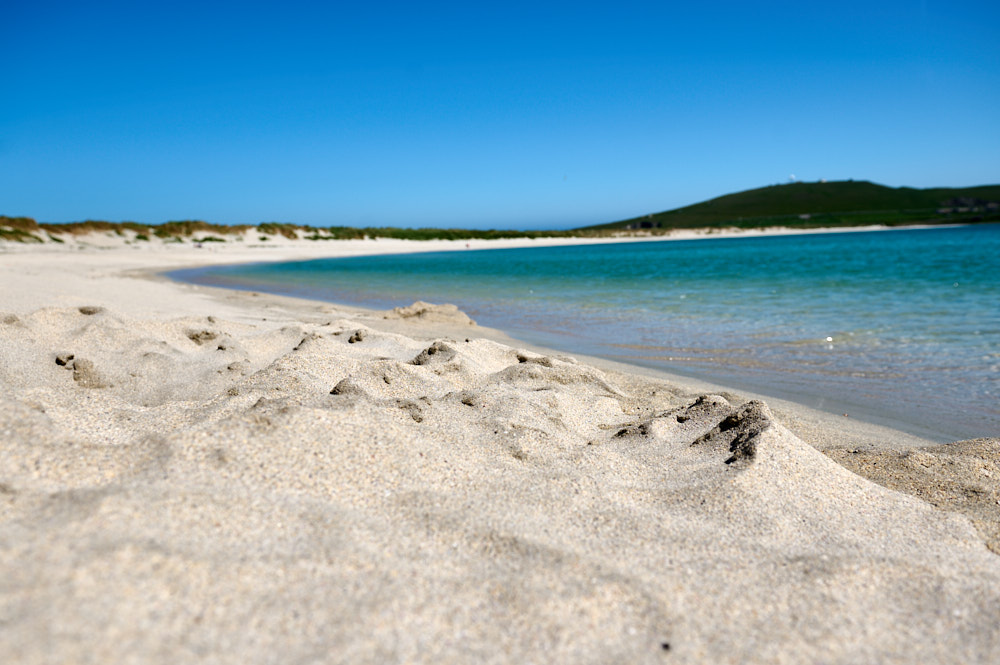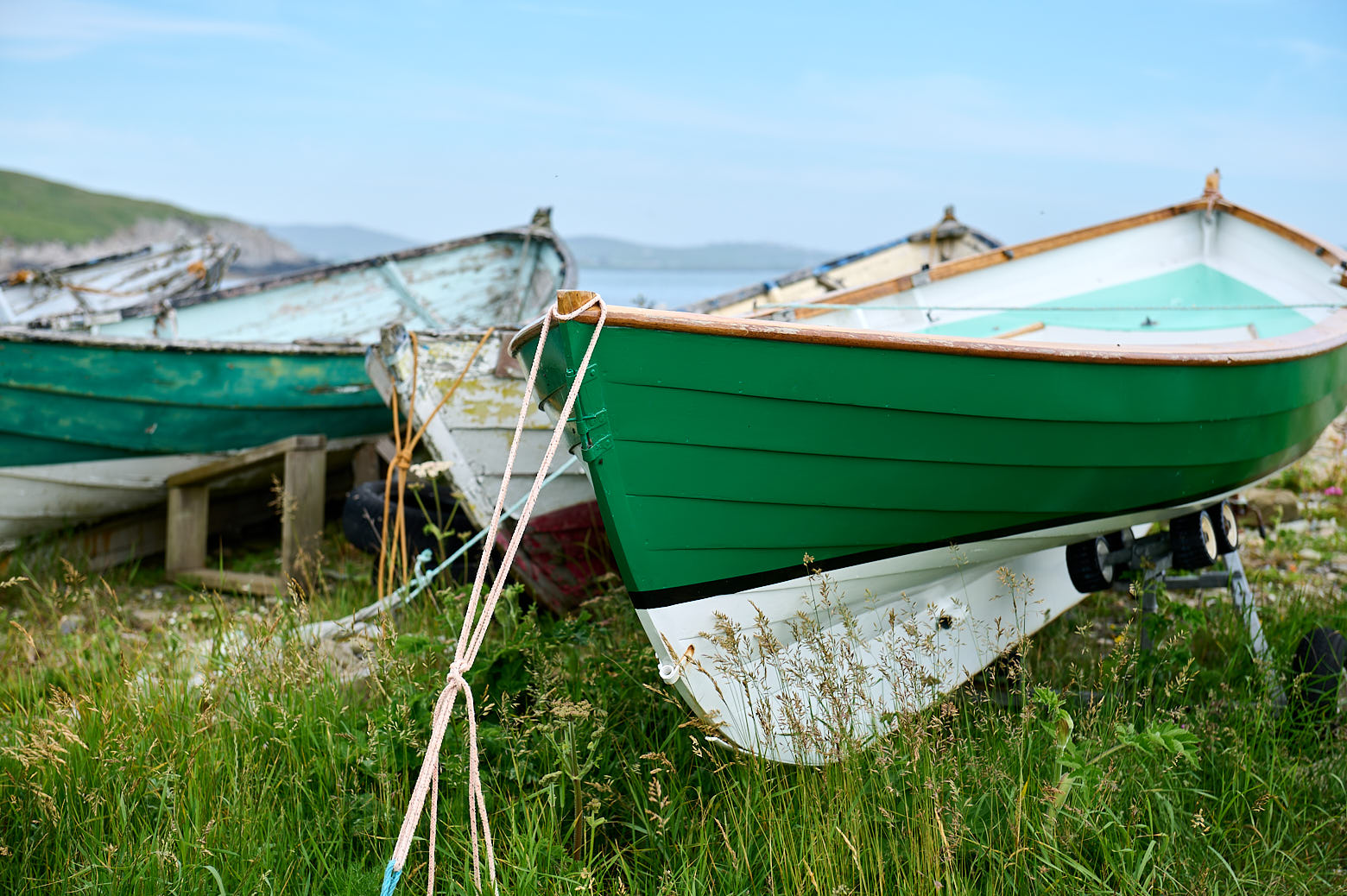
Even when you are already on an island there are still so much more islands to visit. I´ve already seen the Island of Mousa lying next to mainland Shetland while driving from Lerwick to my lovely Airbnb and on day two it was time for a visit.
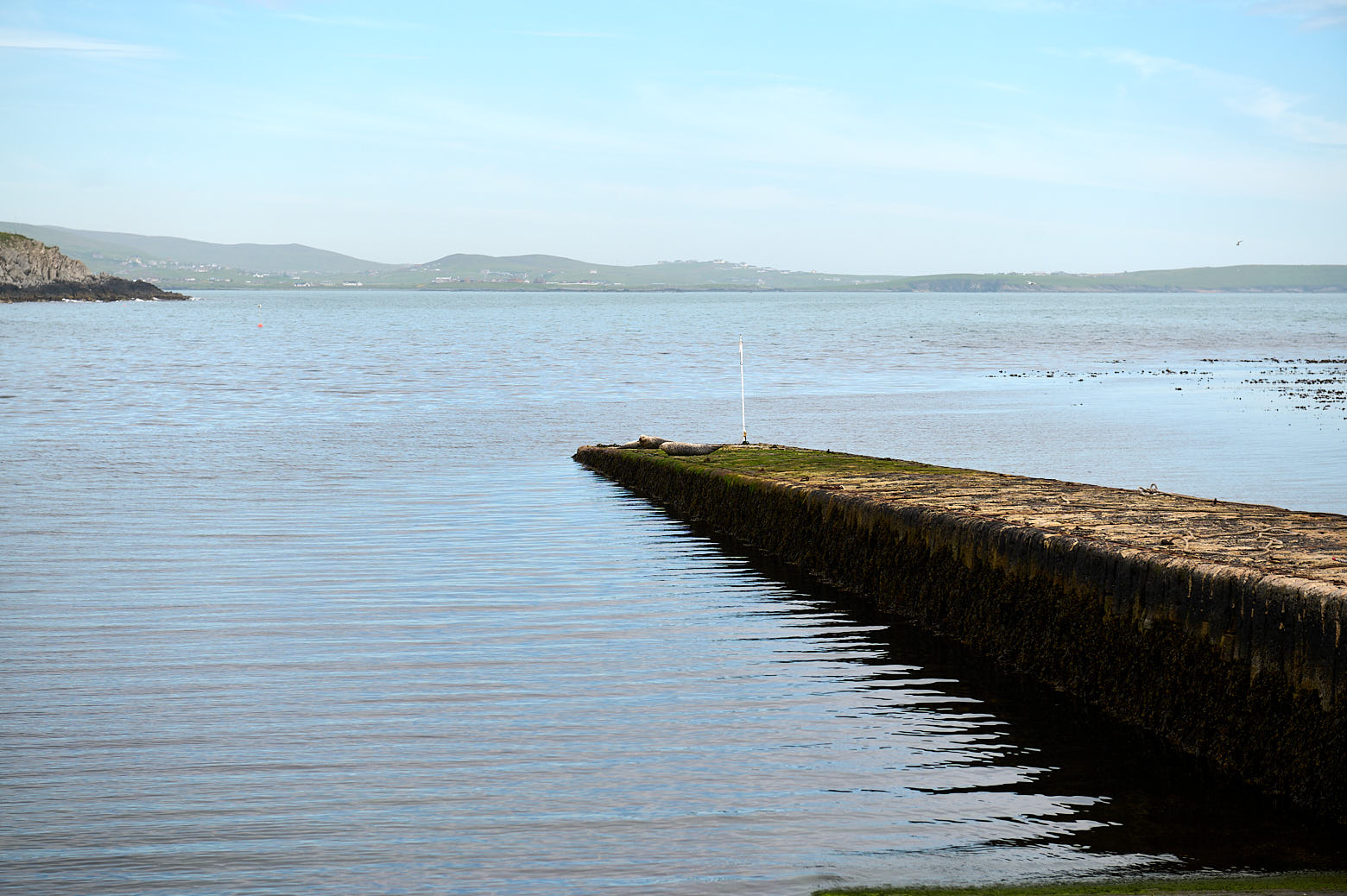
The Mousa boat was just a shirt drive away and I arrived early enough to see some seals having a little nap right on the historic Sandsayre pier. Some people even walked right to them to take some pictures, I wanted to gíve them some space. And there was also a little museum about the Mousa boat in the old boatshed.
During the summer the boat crosses the short distance to Mousa once a day and leaved enough time to explore the island before going back three hours later.

Mousa is 1,5 miles long and around 1 mile wide, there is a lovely circular path following the coast line. Mousa Broch is the best preserved broch in the British Isles. A broch is a Iron Age fortification, a kind of tower to live in, often surrounded by a village.

Upon arrival we were greeted by some lovely dogs and lots of very loud sheep, who were in the middle of getting sheared and seemed not too happy about that.

Besides all the sheep Mousa is a known breeding ground for little birds called storm-petrels who live in stone walls and also for grey and common seals, black guillemots and Arctic terns.
The circular coastal and moorland walk around the RSPB reserve starts right by the landing and shouldn´t be left to not disturb the breeding birds.
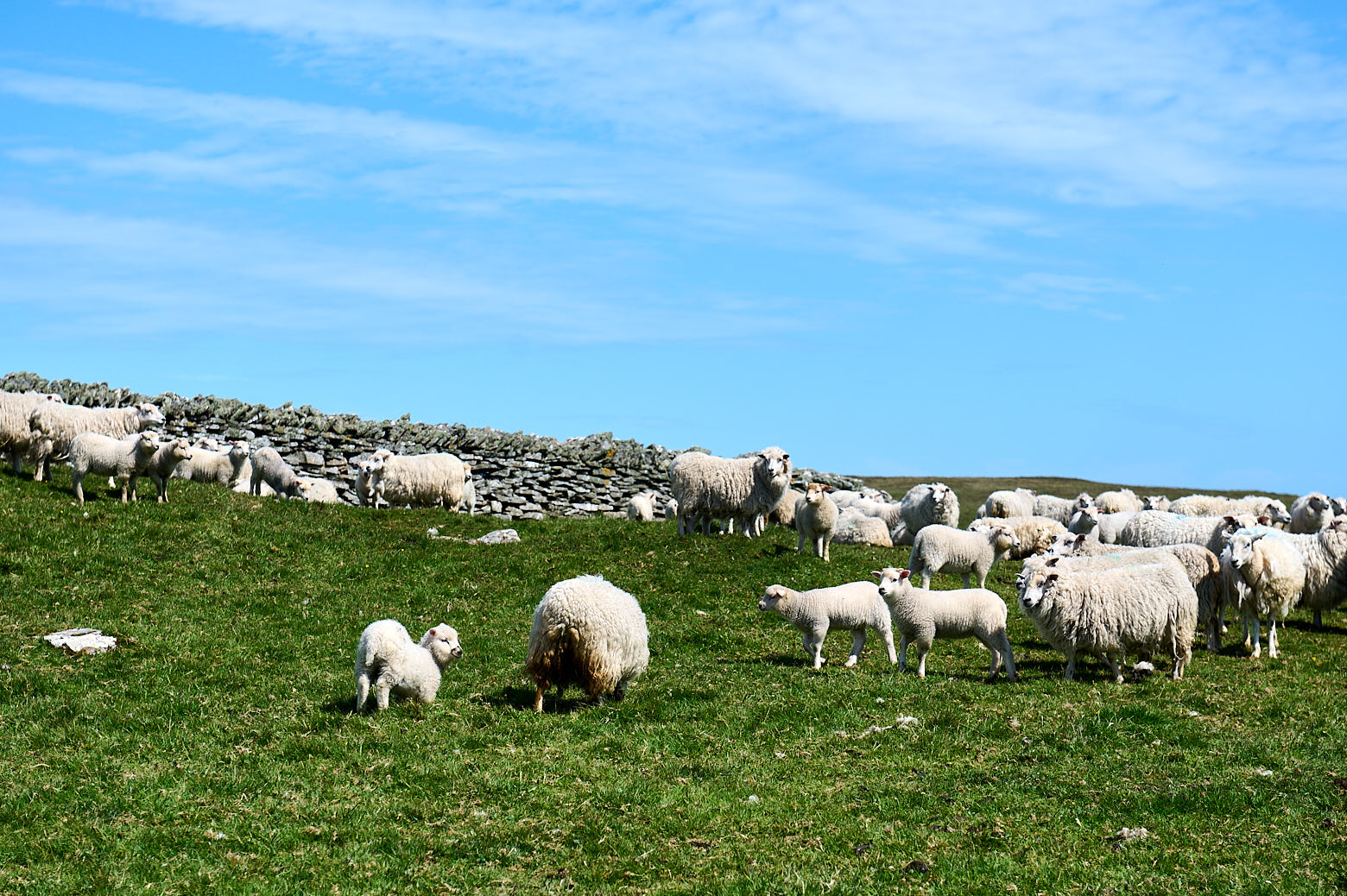

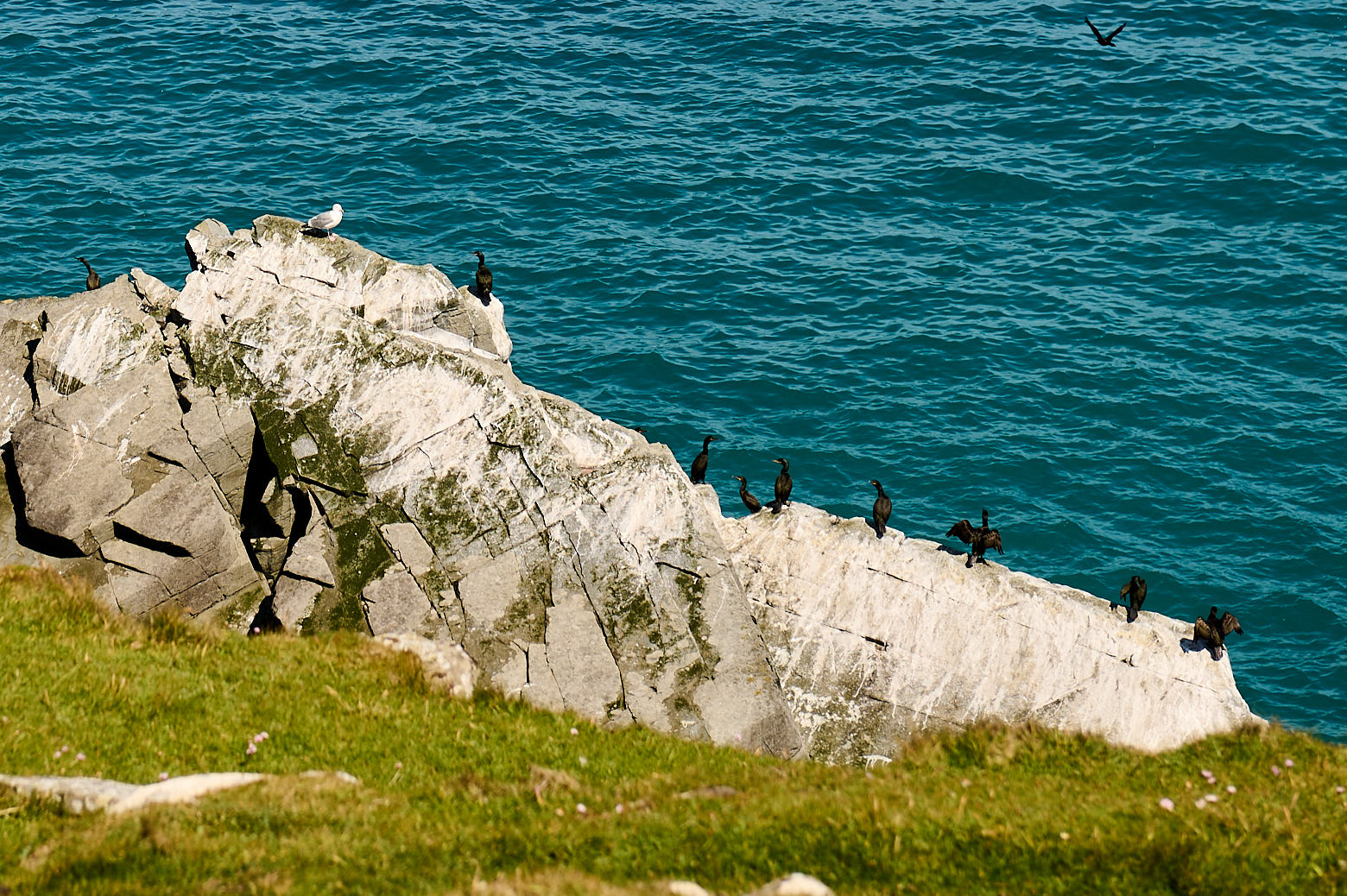
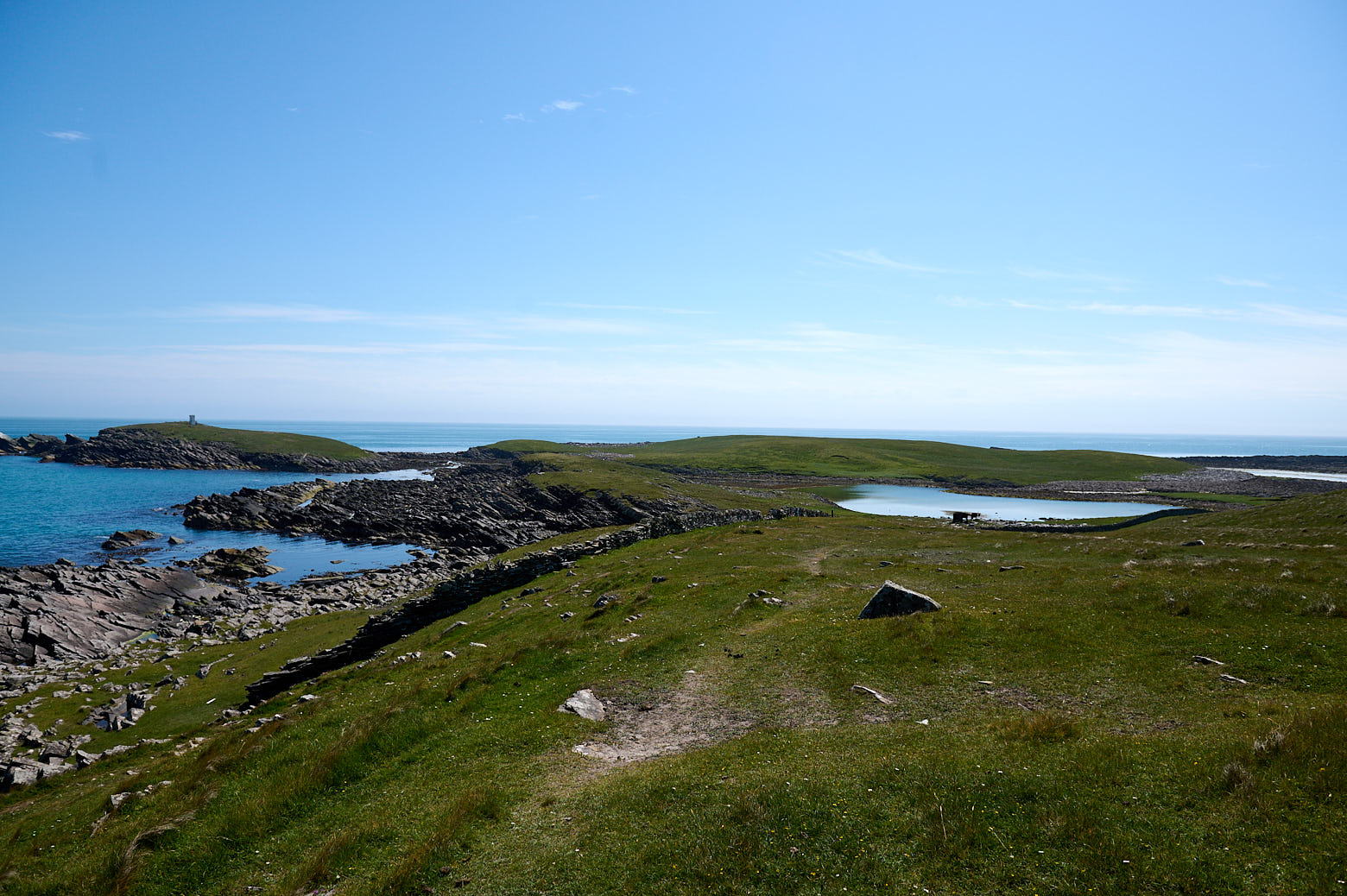
My first “sight” was the lighthouse and the East Pool where the path continue around. Lots of the other visitors had already stopped for a picknick or little break and I almost felt as I was the only person on the island.
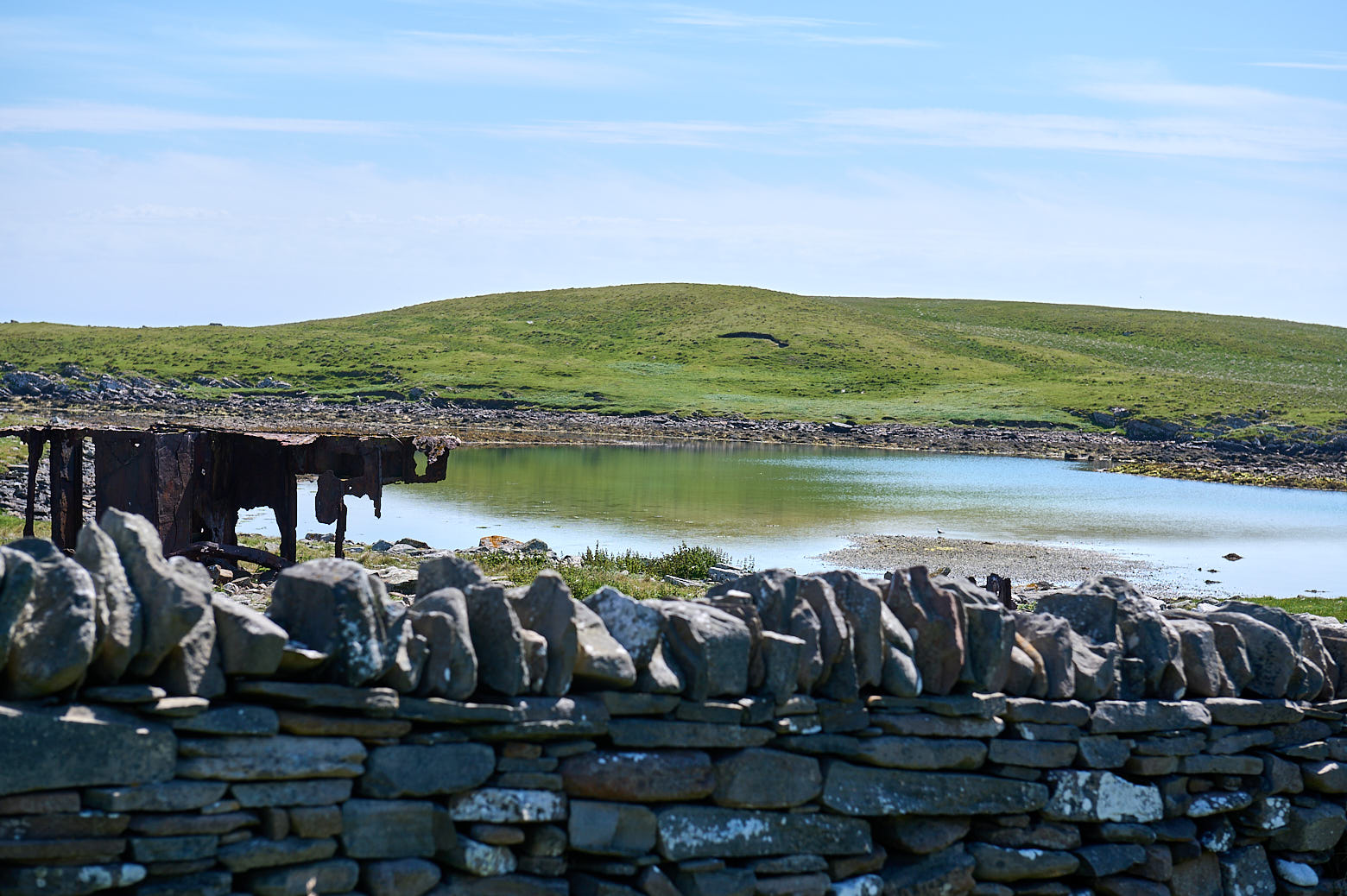
To be continued…
